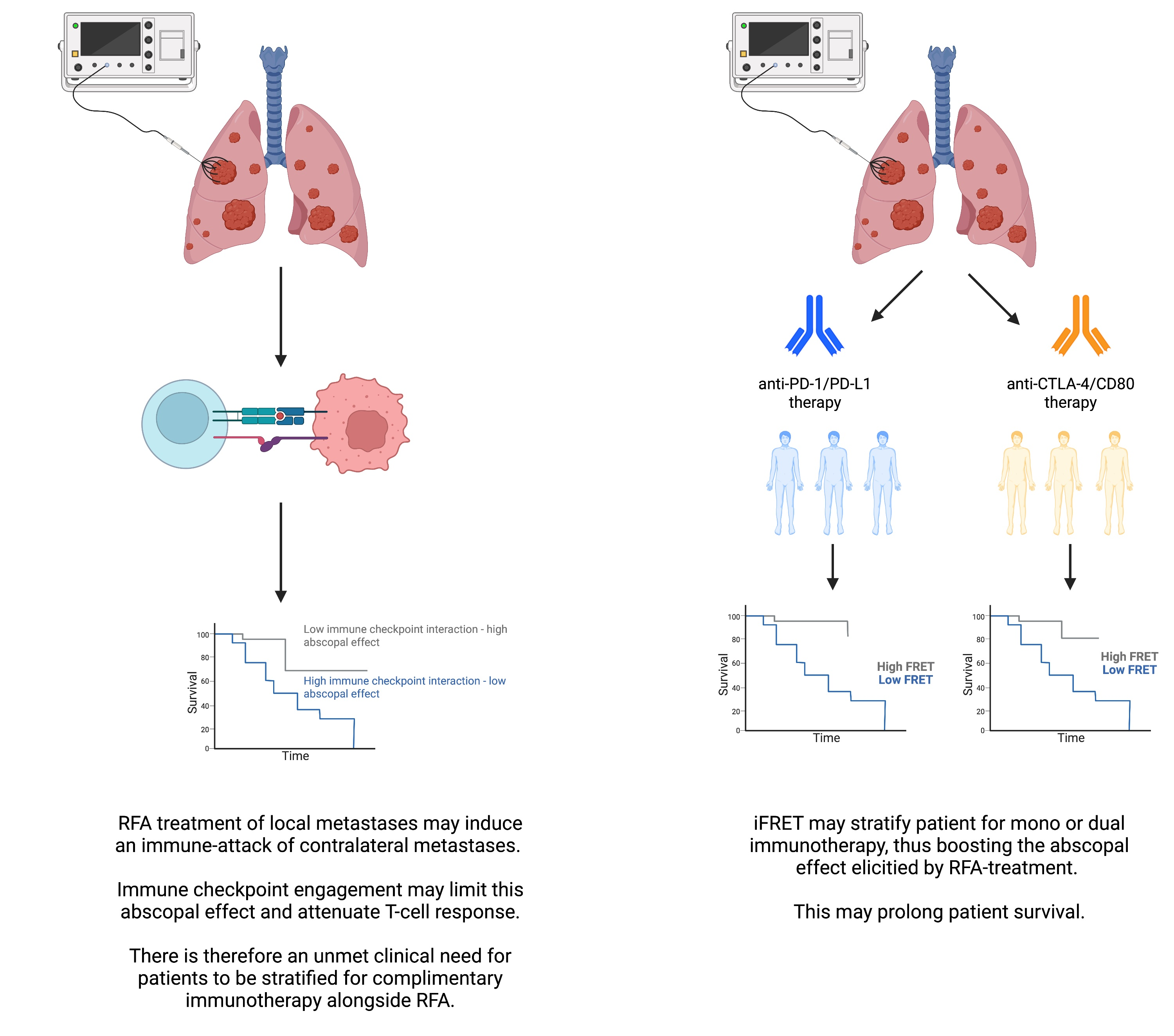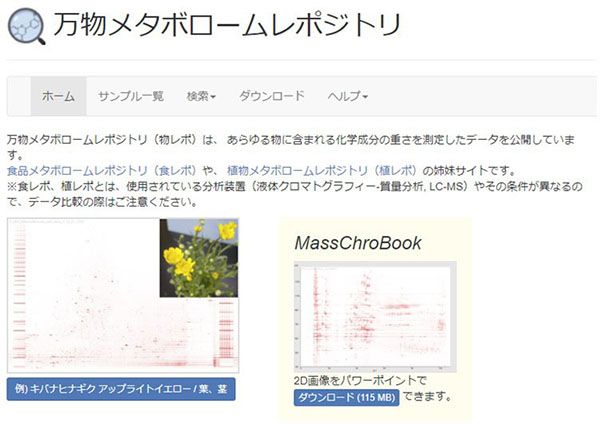2022-11-23 ペンシルベニア州立大学(PennState)
最適化された機械学習アーキテクチャを用いることで、従来のセンシング手法で可能な量の100倍も低い量の生体分子を検出することができた。
このような改善は、唾液や汗を使った検査など、非侵襲的な健康モニタリングに役立つ可能性がある。
研究チームは、1つのセンサーで複数の生体分子を選択的に測定できる新しい分析プラットフォームを開発し、複数のセンサーを使用する通常の方法と比較して、スペースを節約し、複雑さを軽減することに成功した。特に、汗や唾液に含まれる尿酸やチロシン(腎臓疾患、心血管疾患、糖尿病、代謝異常、精神神経疾患、摂食障害に関連する重要なバイオマーカー)を同時に検出できることを示し、開発した方法を個人別の健康モニタリングや介入に応用できることを示した。
<関連情報>
- https://www.psu.edu/news/engineering/story/engineers-improve-electrochemical-sensing-incorporating-machine-learning/
- https://www.sciencedirect.com/science/article/abs/pii/S0003267022010182?via%3Dihub
汗・唾液中のチロシンおよび尿酸の多重検出を目的としたeMoSx-LIGに基づく機械学習を用いたマルチモーダル電気化学分析デバイスの開発 A machine learning-based multimodal electrochemical analytical device based on eMoSx-LIG for multiplexed detection of tyrosine and uric acid in sweat and saliva
Vinay Kammarchedu,Derrick Butler,Aida Ebrahimi
Analytica Chimica Acta Available online: 29 September 2022
DOI:https://doi.org/10.1016/j.aca.2022.340447

Highlights
- •Multiplexed sensing of tyrosine and uric acid is achieved using machine learning-powered electrochemical eMoSx-LIG sensors.
- •Compared to bare LIG, eMoSx-LIG shows 3× higher ECSA and 1.5× higher heterogenous electron transfer rate.
- •Combining ML with multimodal electrochemical sensing enables accurate quantification of analytes in mixtures.
- •Using the optimized ML architecture, a limit of detection 100× better than conventional methods is obtained.
- •On-body sweat analysis is shown using the flexible sensor over a wide concentration range covering the physiological window.
Abstract
Multiplexed detection of biomolecules is of great value in various fields, from disease diagnosis to food safety and environmental monitoring. However, accurate and multiplexed analyte detection is challenging to achieve in mixtures using a single device/material. In this paper, we demonstrate a machine learning (ML)-powered multimodal analytical device based on a single sensing material made of electrodeposited molybdenum polysulfide (eMoSx) on laser induced graphene (LIG) for multiplexed detection of tyrosine (TYR) and uric acid (UA) in sweat and saliva. Electrodeposition of MoSx shows an increased electrochemically active surface area (ECSA) and heterogeneous electron transfer rate constant, Features are extracted from the electrochemical data in order to train ML models to predict the analyte concentration in the sample (both singly spiked and mixed samples). Different ML architectures are explored to optimize the sensing performance. The optimized ML-based multimodal analytical system offers a limit of detection (LOD) that is two orders of magnitude better than conventional approaches which rely on single peak analysis. A flexible and wearable sensor patch is also fabricated and validated on-body, achieving detection of UA and TYR in sweat over a wide concentration range. While the performance of the developed approach is demonstrated for detecting TYR and UA using eMoSx-LIG sensors, it is a general analytical methodology and can be extended to a variety of electrochemical sensors to enable accurate, reliable, and multiplexed sensing.


